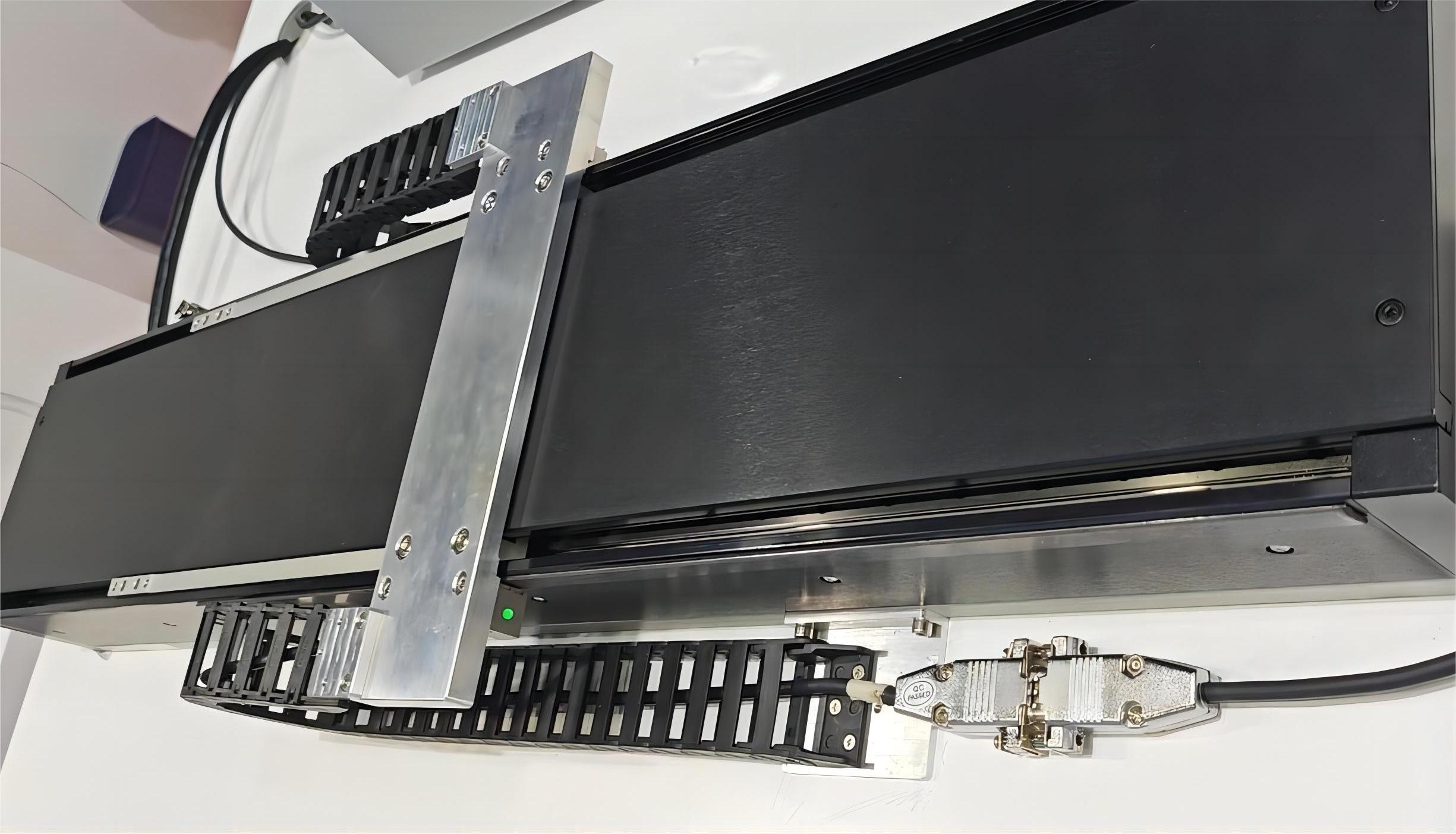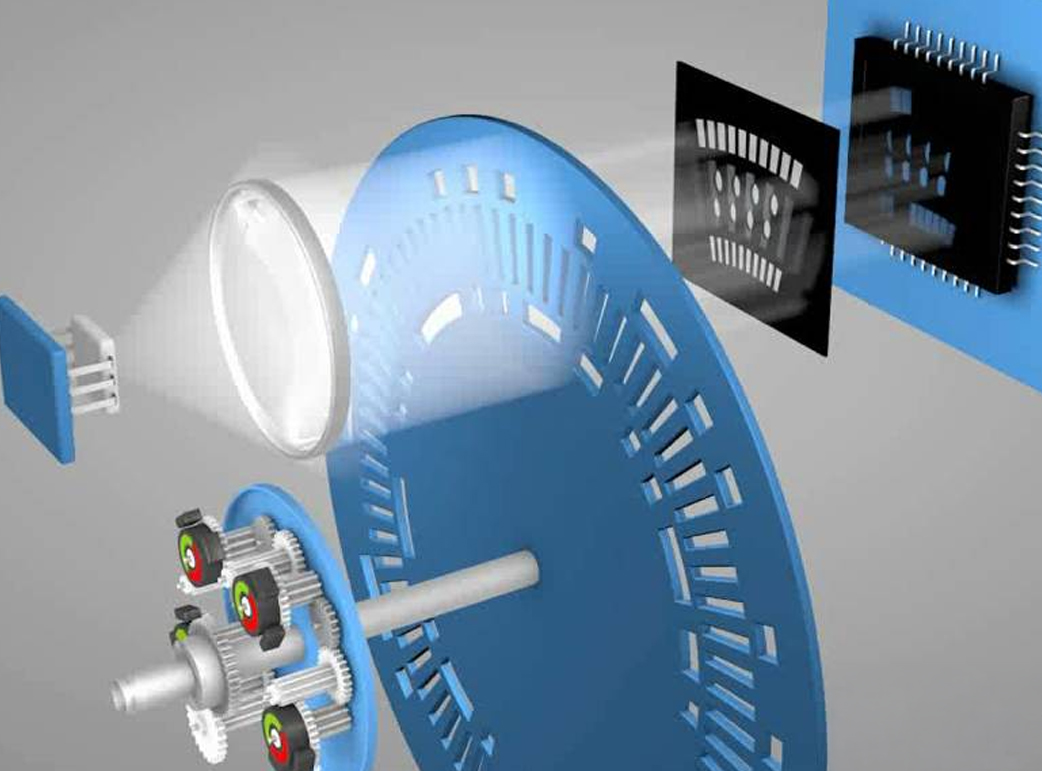Since its listing, magnetic encoders have been extensively researched by domestic and foreign companies and universities. Today, they have been widely used in industrial control and other fields. As shown in the figure, magnetic encoders can be seen in common CNC machine tools, servo motors, robotic arms, etc.

One of the application scenarios of image magnetic encoder
Current Status of Magnetic Encoder Industry Abroad
In the entire encoder industry, the technology of foreign magnetic encoders is generally leading in China, and their industrial distribution is shown in the figure. From the industry distribution in the figure, it can be seen that the encoder industry is mostly distributed in Europe, America, Japan, and South Korea. Many old manufacturers mainly focus on optoelectronic encoders, and magnetic encoders are also constantly being updated and iterated. In terms of market share analysis, encoders in Europe and America are mostly high-end products with very high resolution and accuracy, and their prices are also very expensive; Encoders in Japan and South Korea are some mid to high end products with moderate resolution and accuracy, suitable for most application fields, and priced at a mid-range level.
On the development path of magnetic encoders, a representative series of magnetic encoder chips from Heidelberg in Germany, such as the common DH5000 chip, is based on Hall components and has achieved a resolution of 10 bits. Once DH5000 was launched, it was quickly adopted by manufacturers worldwide. Due to its simple structure, it can be assembled into a magnetic encoder with just one magnet. Currently, many products still use this series of chips internally.
The current situation of the domestic industry of magnetic encoders
As foreign magnetic encoder products continue to iterate, domestic demand mainly relies on imports. According to market research data, 35% of the domestic encoder market share comes from European and American brands, 30% from Japanese and Korean brands, 30% from domestic brands, and the remaining 5% from other brands. However, in recent years, some domestic companies and universities have also started research and development on magnetic encoders, and the research and development results are impressive. The distribution of the domestic encoder industry is shown in the figure.
From the figure, it can be seen that China's magnetic encoder industry is mostly distributed in the eastern and southeastern coastal areas. Among them, some companies in Shenzhen have excellent research on magnetic grid encoders, and the representative ones are the absolute value series magnetic grid encoders of Tianxian Shuzhi and Magneto Positive Intelligence. Their excellent performance is mainly reflected in the protection level of IP67. The operating speed can reach up to 5m/s. The resolution can reach 0.1um. Ultra long cycle encoding length. Durable and sturdy appearance design, as well as strong EMC compatibility. A position feedback unit suitable for high-speed operation. ■ It can be safely transmitted, continuously diagnosed, and quickly installed. Supports BISS-C SSI、 Tamagawa, Panasonic, RS-485 protocol.

The development trend of magnetic encoders
With the advancement of the times and the evolution of technology. The 14th Five Year Plan points out the need to accelerate the development of a modern industrial system, promote the optimization and upgrading of the economic system, and promote the high-end, intelligent, and green transformation of traditional industries. In this historical context, magnetic grating encoders are also developing towards simplification, miniaturization, intelligence, and high-end direction. They are widely used in the field of industrial control and will undoubtedly promote the transformation of traditional manufacturing industry.


